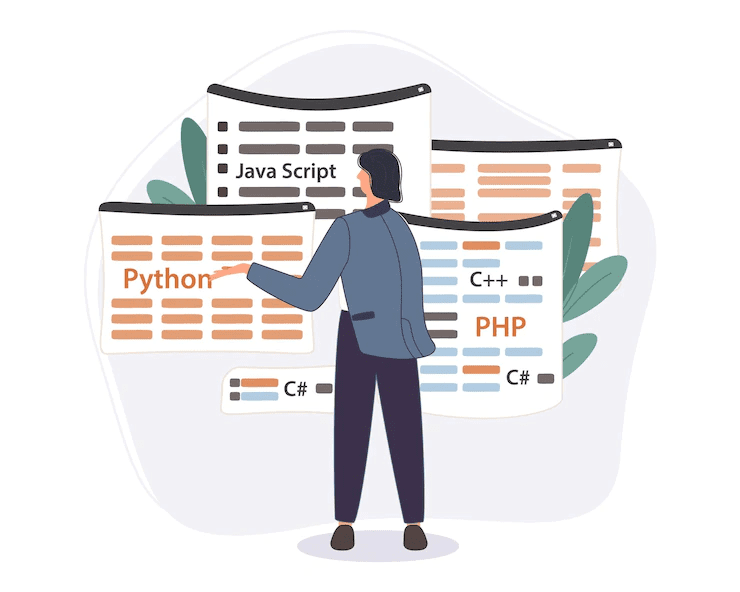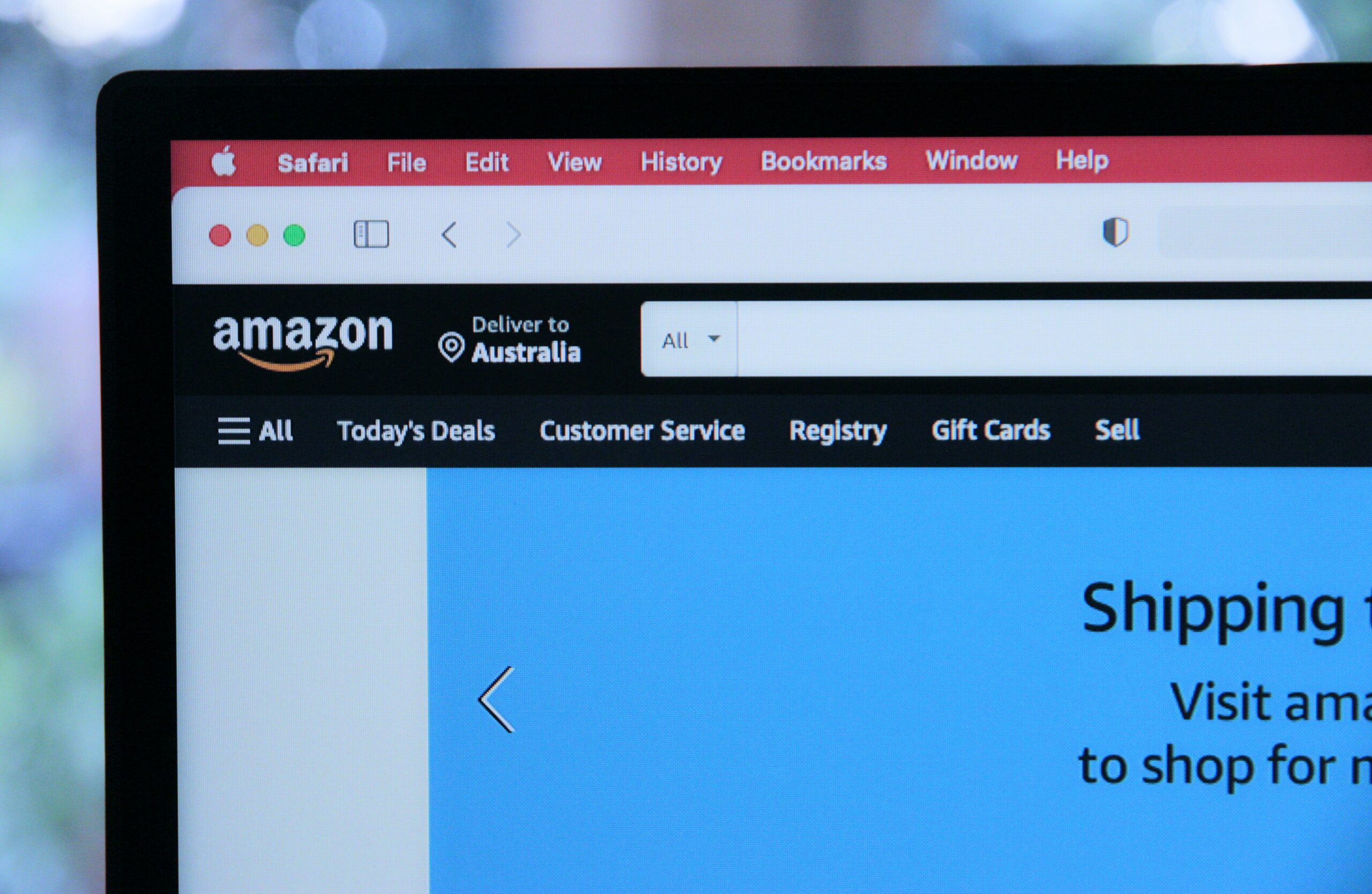The question of where to find the best development talent used to be a binary choice between expensive local hires or highly transactional offshore teams battling intense time-zone friction. That era is over. The modern executive is now pivoting toward nearshore software development, not just to save money, but to leverage a strategic advantage driven by two powerful, interlocking trends in 2025: the rise of ubiquitous Artificial Intelligence (AI) and the demand for hyper-specialized vertical expertise.

This combination transforms the development supply chain from a simple vendor relationship into a true competitive multiplier. If your growth strategy isn’t accounting for how AI and specialization are redefining the nearshore talent pool, you are already falling behind the market leaders who treat their engineering capacity as a critical, flexible asset.
As Luis Peralta, an expert in the field explains: This is no longer a conversation about outsourcing; it’s about optimizing human capital for maximum digital acceleration.
1. The AI Automation Multiplier: Orchestration Over Implementation
The single most significant trend shaping the nearshore market is the adoption of AI-powered development tools, moving the role of the engineer from coder to orchestrator. AI coding assistants, code review automation, and sophisticated testing frameworks are now baseline expectations for any top-tier nearshore partner. This shift fundamentally alters the value proposition. Instead of paying a nearshore team simply to write boilerplate code or perform repetitive tasks, clients are now paying for higher-level problem-solving, architectural design, and system integration. A major Gartner report forecasts that 90% of enterprise software engineers will use AI coding assistants by 2028, a dramatic surge proving this is not an optional feature but an engineering imperative. For the client, this translates into faster time to market and a better-allocated budget. Nearshore developers who master these tools can deliver the same project scope in 20 percent less time or, more strategically, handle a 20 percent larger project scope within the original timeline and budget.
The savvy executive understands that the new friction point isn’t the distance; it’s the distance between a partner who utilizes AI effectively and one who doesn’t. Nearshore is uniquely positioned to maximize this AI-powered efficiency because the tight time zone alignment ensures immediate feedback loops for the AI-generated code, allowing for rapid validation and deployment that offshore models simply cannot match.
2. The Vertical Specialization Boom: Finding Niche Talent on Demand
In the past, a development firm might specialize in a technology like Node.js or React. Today, the focus has narrowed dramatically: top nearshore partners are building dedicated pods of talent specialized in specific vertical domains, such as FinTech compliance, HealthTech security protocols, or supply chain logistics integration. This hyper-specialization is essential because modern software must adhere to stringent industry-specific regulatory frameworks (GDPR, HIPAA, SOC 2, etc.). A generalist developer is a liability in these high-stakes environments. The nearshore model excels here because a large, focused firm can recruit and retain niche experts—like a developer who understands both Python and the specific regulatory requirements of the US banking sector—and make them available to clients on demand. This ability to instantly plug into domain expertise eliminates the lengthy, risky domestic search for niche talent, a search that often fails due to cost or scarcity. When a project requires scaling a team from four developers to eight, the four new hires must not only match the tech stack but also the specific industry context of the project. Nearshoring has evolved beyond merely offering a competitive hourly rate; it now offers a competitive knowledge rate, dramatically lowering the risk of expensive rework, compliance failures, and catastrophic project misfires.
3. Talent Density and Retention: The New Competitive Moat
The biggest challenge in global hiring is not finding talent, but keeping it. CNBC-style analysis shows that in the high-performance nearshore market, the focus has definitively shifted to talent density and retention strategies. The best providers realize that for clients, the churn of even one key developer represents a severe operational setback. Therefore, they have become experts in creating highly attractive work environments that mitigate churn. This means offering competitive compensation (relative to the local market), providing continuous training in cutting-edge technologies (like advanced cloud certifications or Agentic AI development), and fostering a strong, positive, high-autonomy internal culture. For the client, this translates into greater project stability and deeper institutional knowledge retention. When you engage a nearshore team, you are effectively buying into their HR and talent management capabilities. Partners who report low single-digit annual churn rates are effectively offering an insurance policy against project delay. This commitment to their own employees is the single most reliable proxy for the quality and stability of the service you receive. Forward-thinking executives assess a potential partner not just on their technical screening process, but on their employee engagement scores and career development pathways.
4. Seamless Integration: The Power of Cultural and Time Zone Alignment
The original value proposition of nearshoring—cultural and time zone alignment—has never been more critical in the context of agile development and remote work. The reality is that a slight time zone difference often means the difference between asynchronous, delayed feedback and true real-time problem-solving. A nearshore team in Mexico or Colombia, for example, shares a significant portion of the business day with US teams, allowing for real-time daily standups, immediate clarification of user stories, and joint debugging sessions. This shared context goes deeper than just the clock; cultural affinity with neighboring regions translates into shared business etiquette and a common understanding of project expectations, which drastically reduces communication overhead. When the development team and the client’s product owner share a similar work rhythm and cultural reference points, friction disappears, and productivity soars. This is why the distinction between dedicated team models and staff augmentation is a key strategic decision: the model you choose determines the level of integration and control you maintain over this highly aligned workforce. Understanding the difference and choosing the optimal strategy is key, and we provide strategic IT staff augmentation solutions that allow you to seamlessly integrate individual experts directly into your existing in-house processes, giving you maximum control and flexibility.
5. From Vendor to Partner: Risk Management and Governance
In 2025, a top nearshore provider acts as a proactive risk management partner, not just a service vendor. This involves sophisticated security protocols, robust intellectual property (IP) protection clauses, and clear compliance certifications (e.g., ISO 27001, GDPR). The new standard is total transparency: clients expect access to real-time project metrics, transparent time-tracking, and full oversight into development environments via platforms like Jira and GitHub. This elevated standard of governance means that a well-chosen nearshore partner actually reduces business risk compared to managing a disparate group of domestic freelancers or unknown offshore entities.
This maturity in operational governance is a direct result of the nearshore market’s evolution, catering to the exacting demands of large enterprises and high-growth scale-ups who cannot afford security or compliance failures. The days of accepting opaque processes in exchange for lower cost are gone; the modern executive demands transparency, accountability, and the same level of security they would expect from their internal teams, all of which the established nearshore industry now delivers as standard practice.
6. The Future is Agentic AI and Hyper-Automation
Looking ahead, the most disruptive force will be the shift from Generative AI (GenAI) to Agentic AI—AI systems capable of planning, acting, and achieving complex goals autonomously. For nearshore development, this means entire workflows, from provisioning environments to running complete test suites, will be handled by AI agents. This shift does not eliminate the developer; it elevates them. The engineer of the future will supervise and direct these agents, focusing their human intellect on creative problem-solving and deep system design, tasks that AI cannot replicate. Nearshore firms are already investing heavily in upskilling their talent to lead this AI transformation, ensuring their developers are at the forefront of this technological curve. The successful nearshore provider in 2027 will be the one who first transformed their developers into AI shepherds. For the client, choosing a nearshore partner now means selecting a firm that is actively training its developers to manage these future autonomous systems, ensuring that your digital products are built using the most efficient and future-ready methodologies available globally. This means asking prospective partners not just which AI tools they use, but how they are fundamentally restructuring their development lifecycle around Agentic AI principles.
The Metrics of Modern Digital Acceleration: Nearshore vs. Competing Models
The chart below provides a side-by-side comparison of the key performance indicators (KPIs) that define success in remote software development. It demonstrates why the nearshore model, by balancing cost and alignment, offers the optimal framework for predictable project delivery and high-quality outcomes, mitigating the common risks associated with distant outsourcing.
Metric | Nearshore Development | Offshore Development (e.g., Asia) | Onshore Development (Local) |
|---|---|---|---|
Average Cost Savings (vs. Local) | 30% – 60% Savings | 50% – 75% Savings (Highest) | 0% – 10% Savings (Lowest) |
Time Zone Overlap | 4-8 Hours (Real-time collaboration) | 0-4 Hours (Requires async work/late calls) | 8+ Hours (Full alignment) |
Time-to-Market Acceleration | 20% – 30% Faster (Due to real-time feedback loops) | Slowest (Requires multi-day feedback cycles) | Fastest (But highest cost) |
Cultural/Language Friction | Low (Shared business culture/high proficiency) | Highest (Significant cultural/idiomatic barriers) | Lowest (Native language/culture) |
Project Success Rate | Highest (Predictable) | Moderate (High failure rate due to misalignment) | High (But high cost of failure) |
Travel Cost & Logistics | Low (Short flights, similar visa requirements) | High (Long flights, complex logistics) | Minimal (Driveable, virtual meetings) |
The Bottom Line for Executives
The digital arms race is won not by the companies with the biggest budgets, but by those with the most agile and efficient engineering capacity. Nearshore software development, driven by the AI automation multiplier and deep vertical specialization, provides the ultimate strategic advantage in 2025. By carefully selecting a partner that excels in talent retention, cultural alignment, and next-generation AI adoption, you can transform your development budget from an expense into a powerful, scalable investment that delivers superior ROI and accelerates your time-to-market. The future of software development is nearshore, intelligent, and highly specialized—and the time to commit to this strategy is now.








